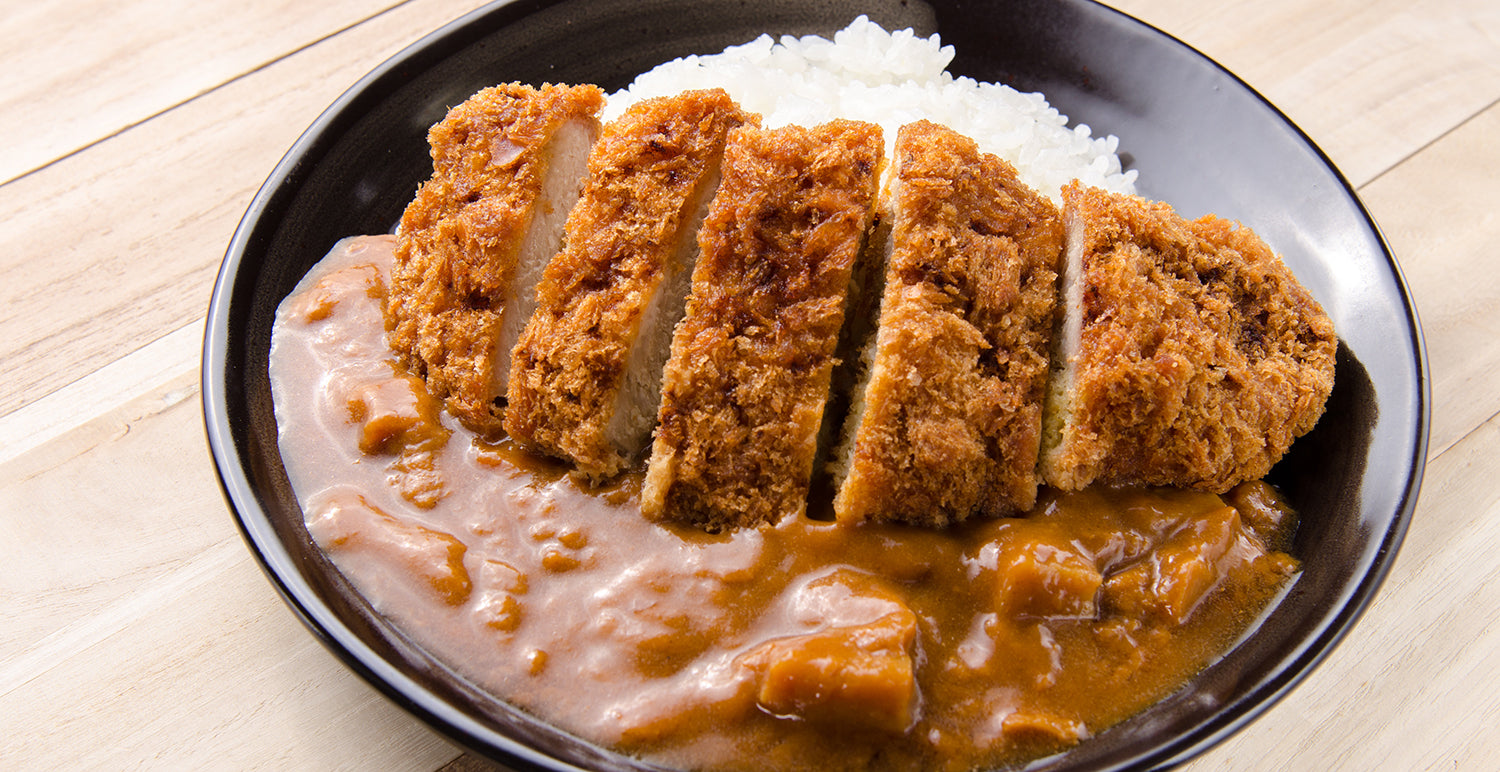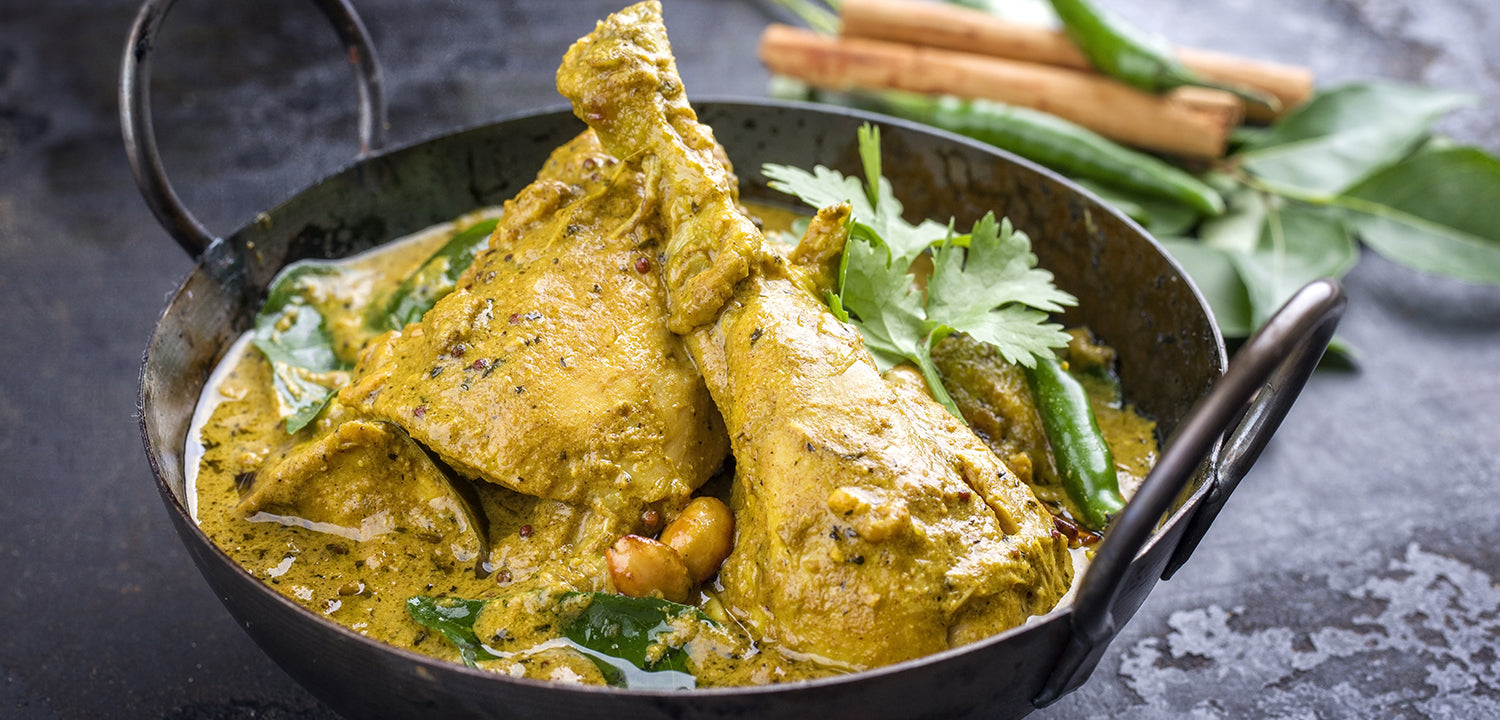Curry is a mainstay of various ethnic cuisines across the world, yet there is no single recipe. Each country has its own interpretation of the spicy, saucy dish, which originates from Indian culinary traditions. British colonialism of India took curry across the seas, transforming it with local ingredients as it traveled. So what is the difference between Indian curry and Japanese curry? Or Thai curry and Trinidadian curry? Here are five types of curry from Southeast Asia to the Caribbean.
Indian Curry

While the dish now known as curry hails from India, the word itself―and many of the spices we consider curry powder today―is a British one. The Indian spice blend known as Garam Masala is what is typically used in Indian recipes, featuring cinnamon, cardamom, cloves, cumin, coriander, nutmeg, and peppercorns. The internationally known curry powder, on the other hand, typically contains ingredients such as cumin, coriander, turmeric, and ginger. The difference between Indian curry and other types of curry is the type of heat it produces: Indian curry usually offers a deep, warm flavor, while other curries are spicier. There are many types of Indian curry, from chicken curry to vegetable curry.
Thai Curry

Thai curry is famous for its many colors and its use of coconut milk. There are mild curries such as yellow curry and massaman curry. Then there are spicy curries like red curry and green curry, so named because of the types of chili pepper used in the recipe. The coconut milk in Thai curry recipes creates a lovely creamy texture and provides a sense of sweetness―a welcome relief from the spicy notes of the dish.
Japanese Curry

The most popular curry recipe in Japan is katsu curry: breaded and fried cutlet served over white rice and Japanese curry sauce. Tonkatsu, or pork cutlet, is a common meat to use in this type of curry, but beef, chicken, or fish can also be used. The curry sauce usually consists of a tomato paste base, onions, carrots, potatoes and beef, amongst other ingredients. It is typical to serve katsu curry with the condiment fukujinzuke, i.e. pickled daikon radish. Try pre-made S&B Curry Sauce!
Trinidadian Curry

Curry recipes from Trinidad and Tobago and other Caribbean nations rely on intensely hot peppers, such as the Scotch bonnet pepper or the habanero pepper. Trinidadian chicken curry usually takes the form of chicken drumsticks rather than cubed chicken. Cilantro is another central ingredient in Caribbean curry recipes. Try cooking with Blue Mountain Country Jamaican Curry Powder!
Cambodian Curry

Fish amok, a kind of Cambodian curry, is actually the official national dish of the country. This fish curry recipe is as visually impressive as it is flavorful; fish amok is traditionally served in a basket made of banana leaves! The dish consists of ingredients such as white fish, kale, coconut milk, fish sauce, lemongrass, and more.

